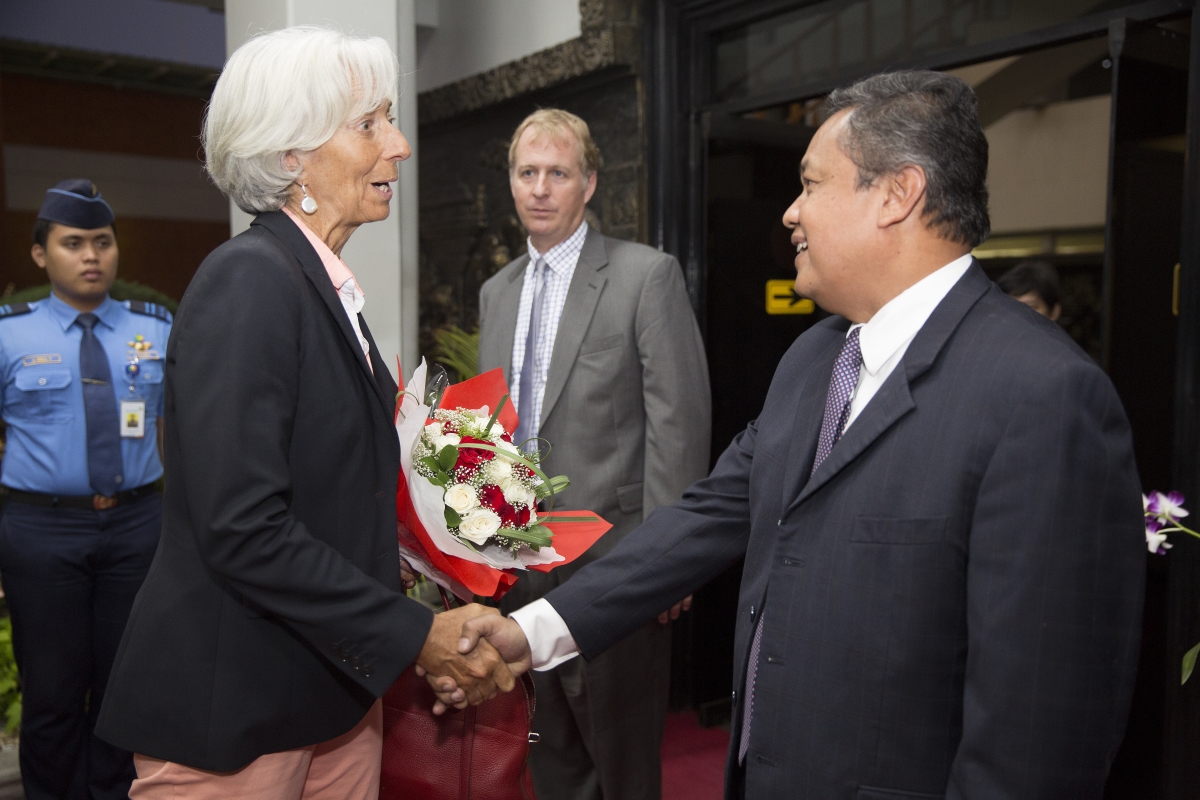Indonesia’s new central bank governor is putting his stamp of authority on his role, calling an unscheduled policy meeting for Wednesday and setting the stage for a second interest rate increase in two weeks to stem a rout in the currency.
A day after Governor Perry Warjiyo was sworn into office, Bank Indonesia announced that the monetary policy board will meet this week, about a month before its next regular monthly scheduled one. The quick action reflects his pledge to be pre-emptive and ahead of the curve when it comes to policy.
With the United States’ (US) Federal Reserve set to raise interest rates next month and a selloff in global emerging markets intensifying, Bank Indonesia is seen increasing its benchmark rate by 25 basis points from 4.5 percent, according to nine of the 17 economists surveyed by Bloomberg. Others don’t expect a rate move, but an expansion of macro-prudential measures to maintain stability.
A few hours before the announcement of the meeting - which the central bank said was to discuss “current economic and monetary conditions and future prospects” - Warjiyo told reporters he will be “more pre-emptive, front-loaded and ahead of the curve in terms of rate policy.”
He also flagged the possibility of an out-of-cycle meeting if new developments warranted a faster response.
Rupiah slump
“Looking at the global trend, particularly the possibility of further increases in US interest rates, I think Bank Indonesia will certainly increase its key rate,” said Andry Asmoro, an economist at PT Bank Mandiri in Jakarta. “We still maintain our forecast that Bank Indonesia will increase its rate twice this year and once next year.”
The currency has slumped about 6 percent against the US dollar and 10-year benchmark sovereign bond yields have surged more than 100 basis points since the last week of January amid an emerging-market rout triggered by rising US interest rates and a stronger dollar.
Global funds have dumped a net US$2.1 billion of Indonesian sovereign bonds since the end of March and pulled US$1.2 billion from the shares.
While Bank Indonesia has tried to quell investor exodus by making significant interventions in the currency and bond markets, the rupiah slumped to a fresh low of 14,213 against the US dollar last week.
Macro-prudential measures
There’s been some respite since then, with the rupiah and bonds posting their first weekly gain in six weeks and stocks climbing 3.3 percent last week. The central bank has spent 50 trillion rupiah to buy sovereign bonds from the secondary market and announced forex swap auctions to ensure adequate liquidity.
In 2013, when the currency came under severe selling pressure during the so-called “taper tantrum,” Bank Indonesia responded with aggressive action, raising interest rates by 175 basis points in just five months. With key economic indicators much stronger now, the central bank doesn’t need to take the same tough approach.
Inflation is better controlled now at 3.4 percent, well within the target band of 2.5 percent to 4.5 percent, and compared with a peak of 8.2 percent in 2013. Reserves are also in a stronger position at about US$125 billion even though the central bank has drawn more than US$7 billion since the end of January.
“I don’t think the meeting will result in more tightening, but I think they may take some administrative measures if they deem necessary,” said Rahul Bajoria, a senior economist at Barclays Plc. “Recent price action seems to suggest that the rupiah is stabilizing, and so it might be just stock-taking on their part.”
Looking at the central bank’s past moves at unscheduled meetings, a rate hike is a possibility this week, said David Sumual, chief economist at PT Bank Central Asia. An increase may help the central bank address the perception in some quarters that it’s behind the curve, he said.
“The purpose of this hike will not be for attracting foreign portfolio inflows but to avoid a further selloff,” Sumual said. “They may want to maintain the country’s current account stability in a more solid foothold.” – Bloomberg
